Sazerac October 2023
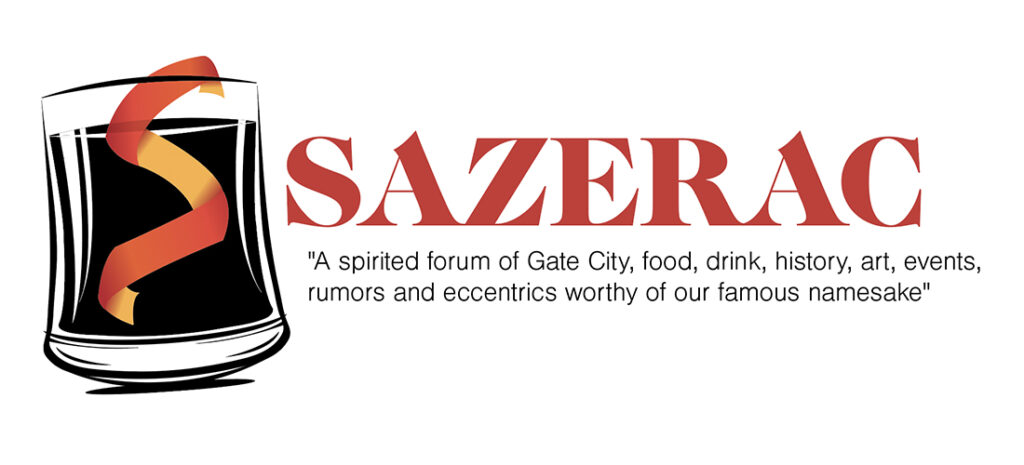
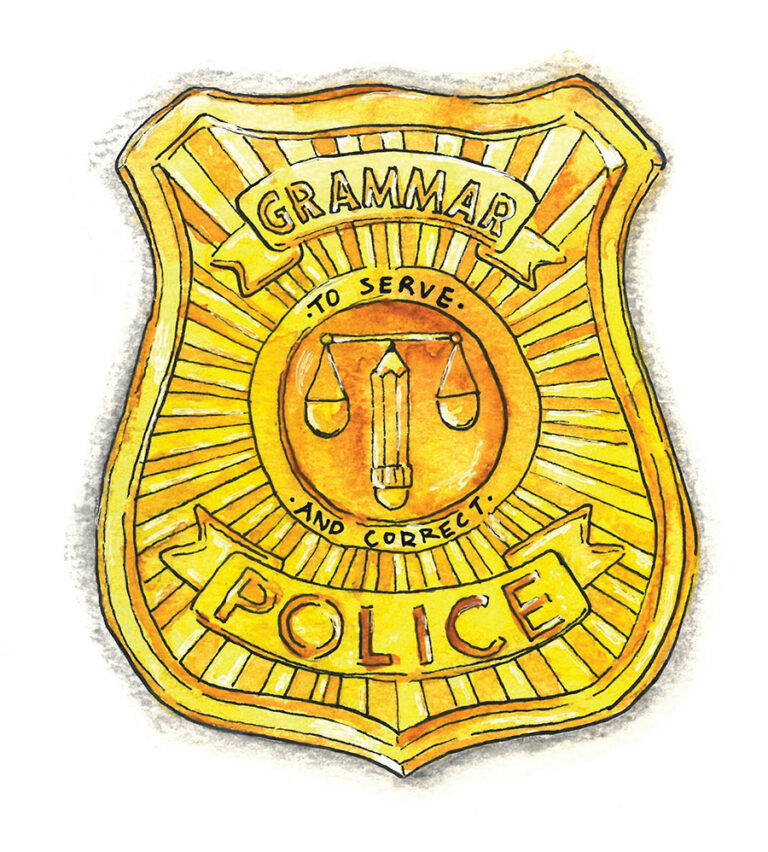
Unsolicited Advice
Halloween — the one time of year that it’s acceptable to dress up like Blond Ambition World Tour-era Madonna. Every other time we don the look, we get nothing but side-eye from our office mates. We’re dropping some easy-to-pull-off holiday looks, inspired by one of our fav subjects: the English language.
Looking for a couples costume? One of you can sport an English tweed suit, white beard and round glasses — and don’t forget the trademark cigar — while the other wears a simple slip. Together, you’re a Freudian slip.
Stop in the name of literacy! All you need is a whistle, a police cap and a “Grammar Police” tee to play the part. We’re happy to let you borrow ours.
Colon or semi-colon — do we really need to go there?
Another twofer? One person dresses as a dog-walker with a leash around the neck of the other, dressed as Santa. Subordinate Claus, anyone?
Put on your most starched button-down and toss on a driving cap plus suspenders for added effect. Lastly, use black construction paper to cut out a comma and adhere it to your belly. You’ll be the most welcomed — and dapper — Oxford comma we’ve ever seen.
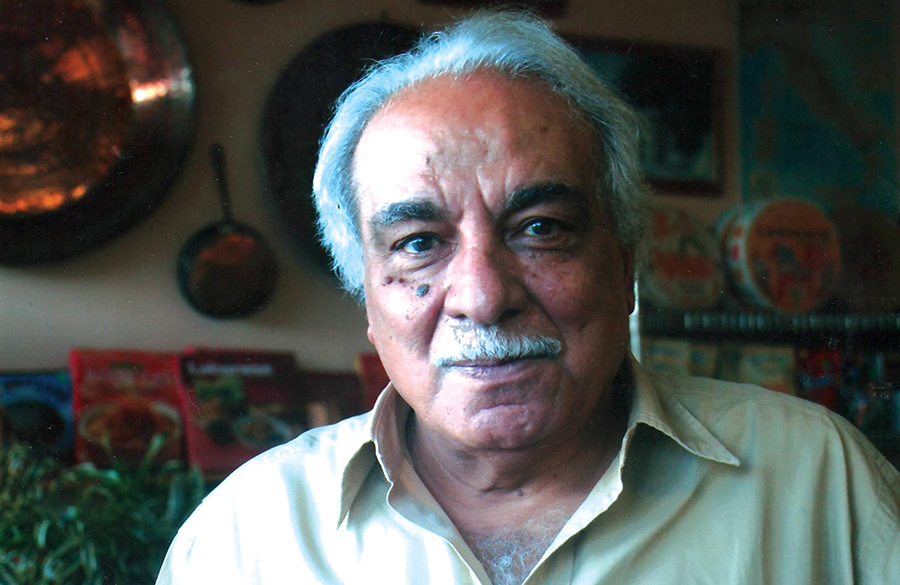
Lasting Legacy
Saliba Isa Hanhan
APRIL 18, 1940 – AUGUST 2, 2023
I know that you’re smiling down at me as I struggle with this, Saliba Hanhan.
“You’re a writer, aren’t you?” you’re saying. “This should be easy for you.” You have a mischievous twinkle in your eyes and that smile incorporating every muscle in your face.
Yes, Saliba, you were a chemist, a professor, a gourmet, a shopkeeper extraordinaire, a gardener, a cook and a masterful formulator of recipes. But you were also an astute philosopher, a lifelong student, and a collector of fascinating friends and interesting knowledge, which you generously shared with others. But your children — your daughter, Emily, and two sons, Easa and Omar, each of whom continues to share the glow and energy that kept us coming to your store, even when it was 30 miles away — were your real legacy, of which you were so justly proud.
“I just got a cheese in that your friend Jim’s gonna love,” I can hear you saying, “but it may not be stinky enough for you.” And when we’d get home and start unpacking, I’d often find a heel of a Parmigiano-Reggiano or the bone of a Serrano ham that you slipped in. “You know what to do with it,” I can hear you saying.
I don’t know what makes someone “great.” Fame? Fortune? Power? None of which you cared about. Your greatness went beyond conventional definitions of worldly accomplishments. What made you great was how you followed your heart, found what made you happy and then managed to share that happiness day in and day out with others. It’s a greatness that goes beyond the grave, which is why, once again, I can hear you saying, “David. That’s a bit too much. Calm down.”
— David Claude Bailey
Calling All O.Henry Essayists
Don’t forget to enter our annual 1,000-word essay contest, themed “The Kindness of Strangers.” Details can be found here: ohenrymag.com/sazerac-september-2023.
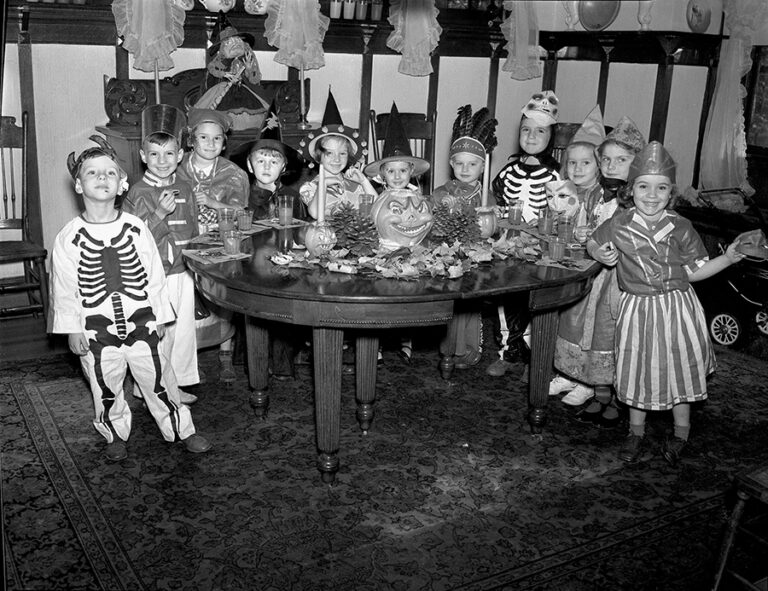
Window to the Past
Photograph © Carol W. Martin/Greensboro History Museum Collection
Kids in the 1940s: ″Trick-or-treat, give us Fig Newtons to eat!″
Kids today: “′Made with real fruit?′ What else ya got?”
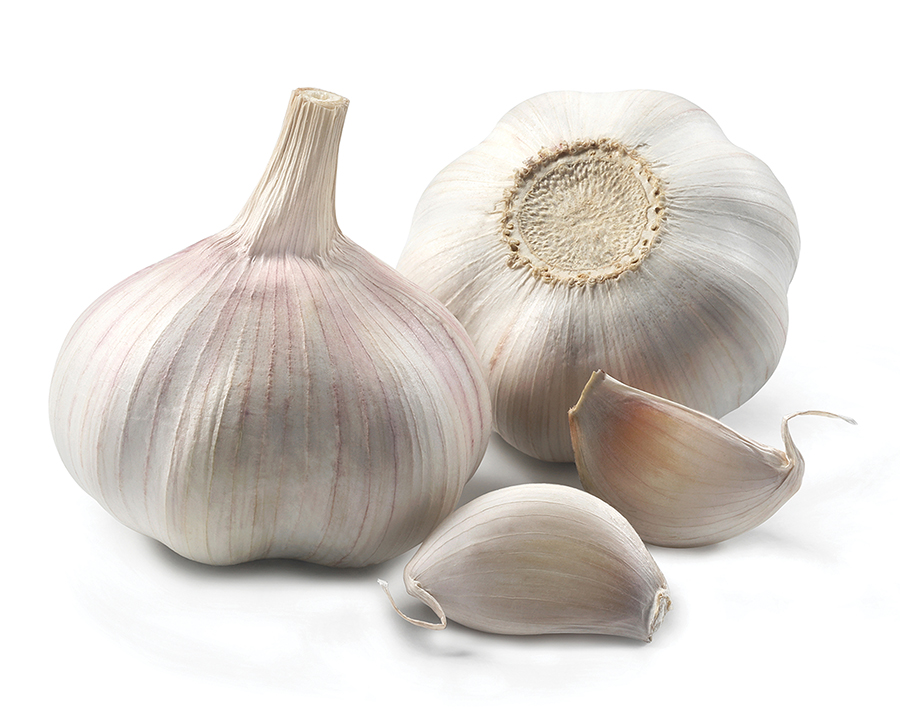
Sage Gardener
Garlic has been around for at least 5,000 years, but its reputation has hardly improved.
Esteemed by the Egyptians, Greeks and Romans for its medicinal properties, fed to workers, soldiers and oarsmen to increase their stamina, and touted for increasing sexual potency, garlic has long been “disdained by the aristocracy” and denigrated by love poets such as Horace, according to the Oxford Companion to Food. Never mind that Pliny the Elder listed 61 remedies prepared from garlic or that it’s still used in China today as an antibacterial, antifungal and antithrombotic agent. Admittedly, garlic’s after-odor is a tad odiferous — fetid, putrid, foul and rank, according to some of my former office mates. So one of the prime reasons I’ve been looking forward to retirement is eating as much garlic as I want, whenever I want. Garlic confit. Basque garlic soup. Aioli by the spoonful, ladled on a baguette. Garlicky harissa. Kimchi. Forty-clove garlic chicken à la Julia Child, who once wrote in The Boston Globe, “40 cloves may not be enough.” And with the arrival of fall, it’s high time to get it in the ground. According to the Central N.C. Planting Calendar, the ideal planting time for garlic is from September 15 to November 30.
Don’t sweat the frost. As our warm fall temperatures shift to colder, freezing days and nights, the bulbs sprout and take hold, waiting for warm spring days to reach their green tentacles out of the hay covering them. (It’s called vernalization.) Garlic thrives on nitrogen, so top dress your plants in February with composted manure. And if you’re planting hardneck garlic (look it up), by all means harvest the scapes and pop them, sautéed, into an omelet with blue cheese. (Removing the scapes increases bulb size by as much as 30 percent.) The bulbs will fill out by summer, just in time for pico de gallo and pesto. Tie the harvested plants in bundles and hang them high from the eaves of a shed or garage for four to six weeks so they cure. By then, it’s almost time to put some of them back into the ground. (No need to worry about cross-pollination because each plant is a clone of its parent.) Plant your largest cloves to get bigger bulbs next year. And, when vampires take wing on the night on October 31, think about baking a big batch of roasted-garlic, chocolate chip cookies (https://www.food.com/recipe/garlic-chocolate-chip-cookies-28771). Sink your fangs into that. — David Claude Bailey
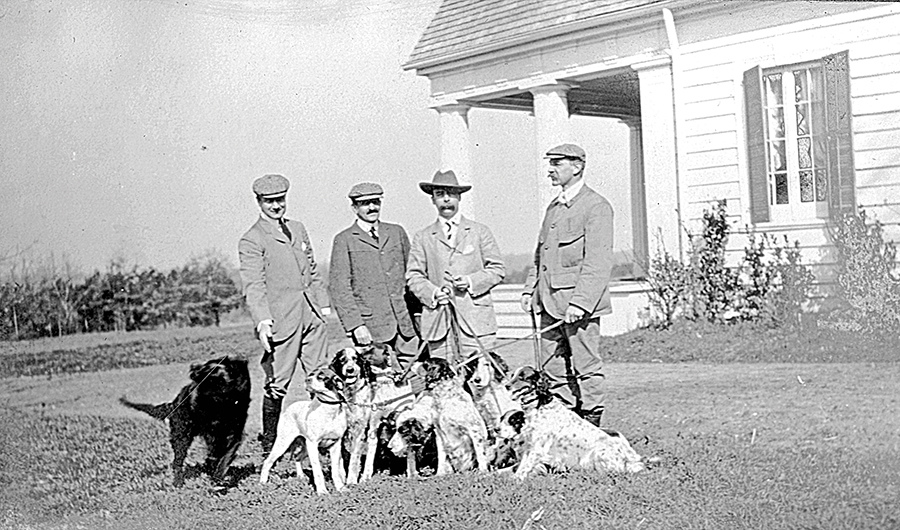
Just One Thing
Whether or not you’re a fan of blood sports, history cannot be erased: Less than 120 years ago, some of the richest and most influential captains of American industry traveled hundred of miles to Jamestown to realize their most cherished dream — killing a dozen or more birds in one afternoon. In this photo taken in front of Deep River Hunting Lodge (most likely by renowned sports photographer J.C. Hemment), millionaire industrialist and lodge owner Clarence Hungerford Mackay, sporting the fedora, holds the leads of a pliant pack of bird dogs. The setters and pointers were trained by Englishman Edward Armstrong, whose family shared the photo and other artifacts on display at the High Point Museum in Field & Feathers: Hunting at Deep River Lodge, 1895–1935. The gentleman standing next to Mackay with the handsome, dark mustachio is William Kissam Vanderbilt II, says Marian Inabinett, curator of the museum’s collection. The tall and dapper huntsman facing Mackay seems to be Reginald Ronalds, whose great-grandfather was Pierre Lorillard II. Deep River Lodge, designed by noted Gilded Age architect Stanford White, was the grandest of a number of hunting lodges across central North Carolina. “It’s a forgotten story, but for decades America’s wealthiest men enjoyed hunting bobwhite quail that thrived among the woods and open farmland in the center of the state,” says Inabinett. “Also on display are a suitcase and steamer trunk with great travel stickers on them, a bottle of Champagne from the lodge’s wine cellar, lots and lots of ocean liner memorabilia, and even some steamship tickets for hunting dogs,” she says. The exhibit will be open through January 31, 2024. Other photos and images can be seen via the museum’s app and on its Facebook page. Info: www.highpointmuseum.org and www.facebook.com/HighPointMuseum
